Discovering the beauty in imperfection
I was thinking about the evolution of projects from the wood shop to the house. Sometimes it starts with big, hulking slabs that have to be patiently tended—bark stripped away, surfaces planed, edges straightened. It's a dance figuring out what to remove and what to preserve.

Hello and welcome to Hungry Woodworker, a humanistic exploration of woodworking, purpose, and making a living. I’m Taliesin and one thing I do when not working is write; some of which gets edited into essays and shared every other Thursday. Thank you for being here.

Today's newsletter will be a little different—I just finished a big writing project and wanted to think in pictures instead of a waterfall of words.
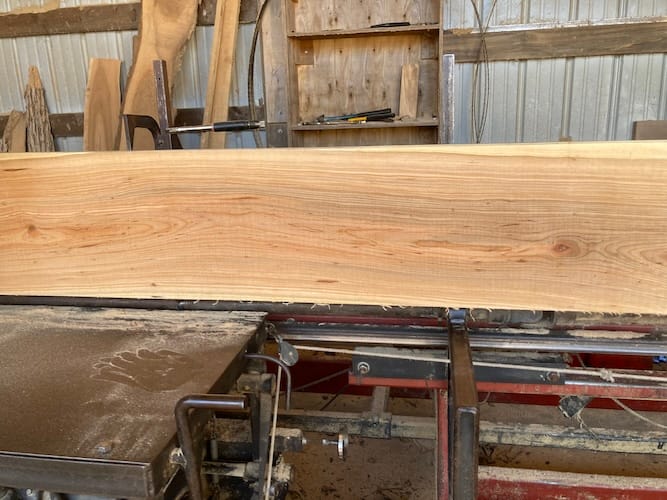
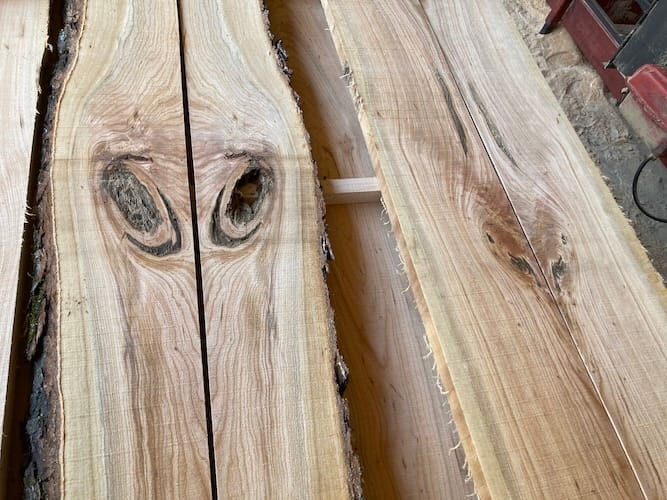
I'm thinking about this Cherry log Dad and I cut up on the sawmill last week. It's from a big tree that fell in his woods; he and friend retrieved it and cut it, I believe, into three 8 or so feet-long logs. I asked him if he'd talk me through cutting it up to maximize quarter-sawn wood (the most valued kind of wood, usually). When we got near the center of the log, Dad pointed out the curvy-ness of the grain near the core, how it showed us that when this tree was young it had grown up curving to best reach the sunlight. Cherry, he said, is not a dominant species in his woods, so it's got to work harder to get resources. In other parts of the country where Cherry is more dominant, you'll see straighter grain in that area of the log.
We all do what we can and must depending on our circumstances. We're all just trying to survive as best we can and deal with the situations in which we find ourselves. Some of us have easier access to resources that aid our growth. Some of us have less access and have to be scrappier to achieve the same. Some people find those big old rotten knots in the tree ugly and disposable. Some people would say they look like eyes, almost like portals that allow us to see into another world.
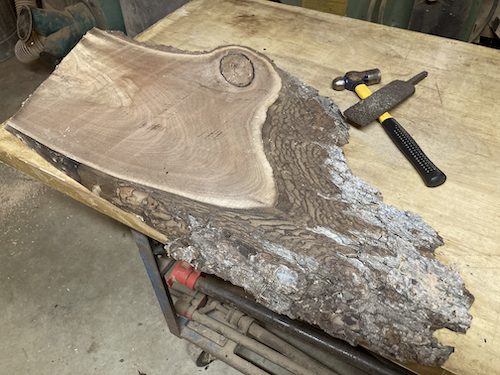
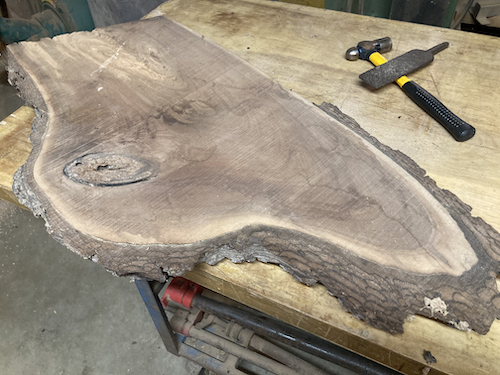
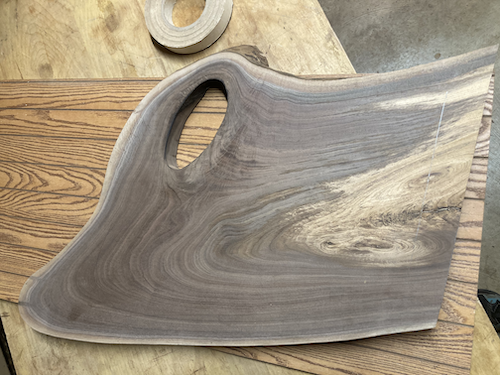
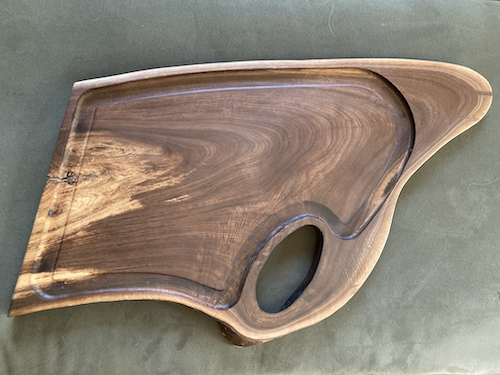
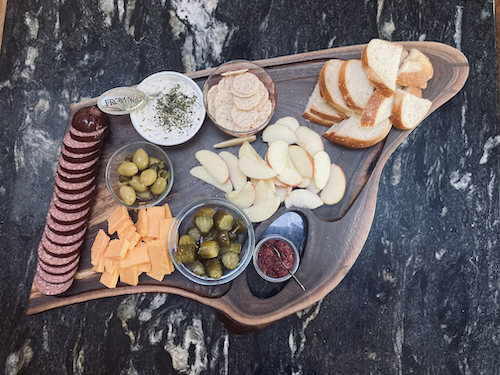
I was thinking about the evolution of projects from the wood shop to the house. Sometimes it starts with big, hulking slabs that have to be patiently tended—bark stripped away, surfaces planed, edges straightened. It's a dance figuring out what to remove and what to preserve.
What's the point of changing the wood so completely that it looses all of the brilliance and character that made it attractive in the first place? Of course that means learning to live with flaws, such as the white wood and cracks and holes.
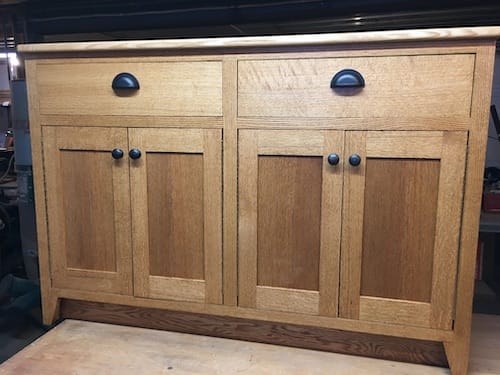
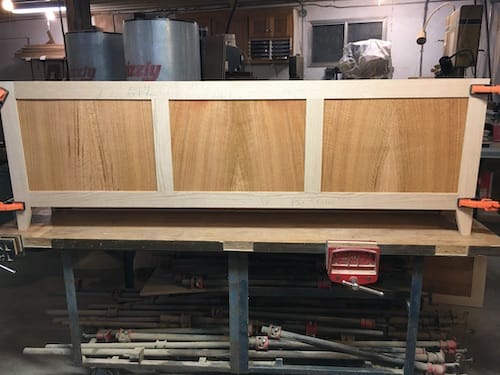
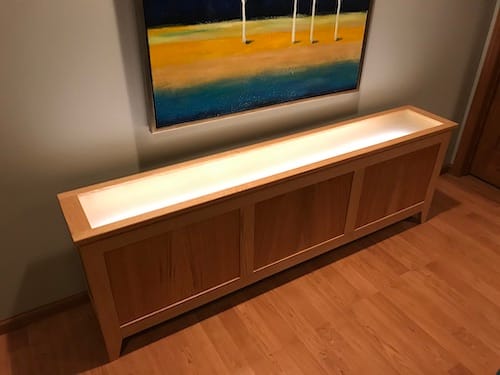
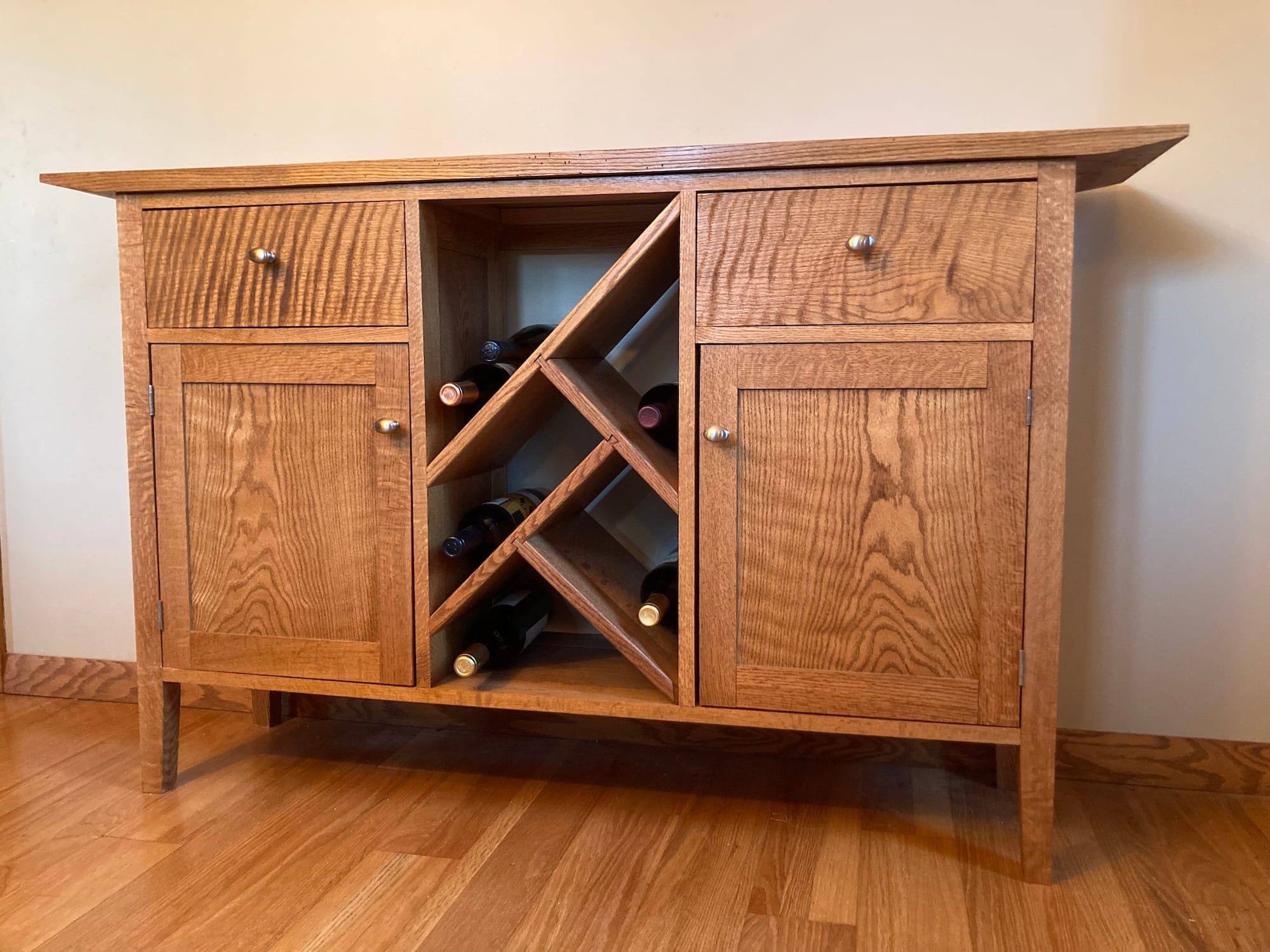
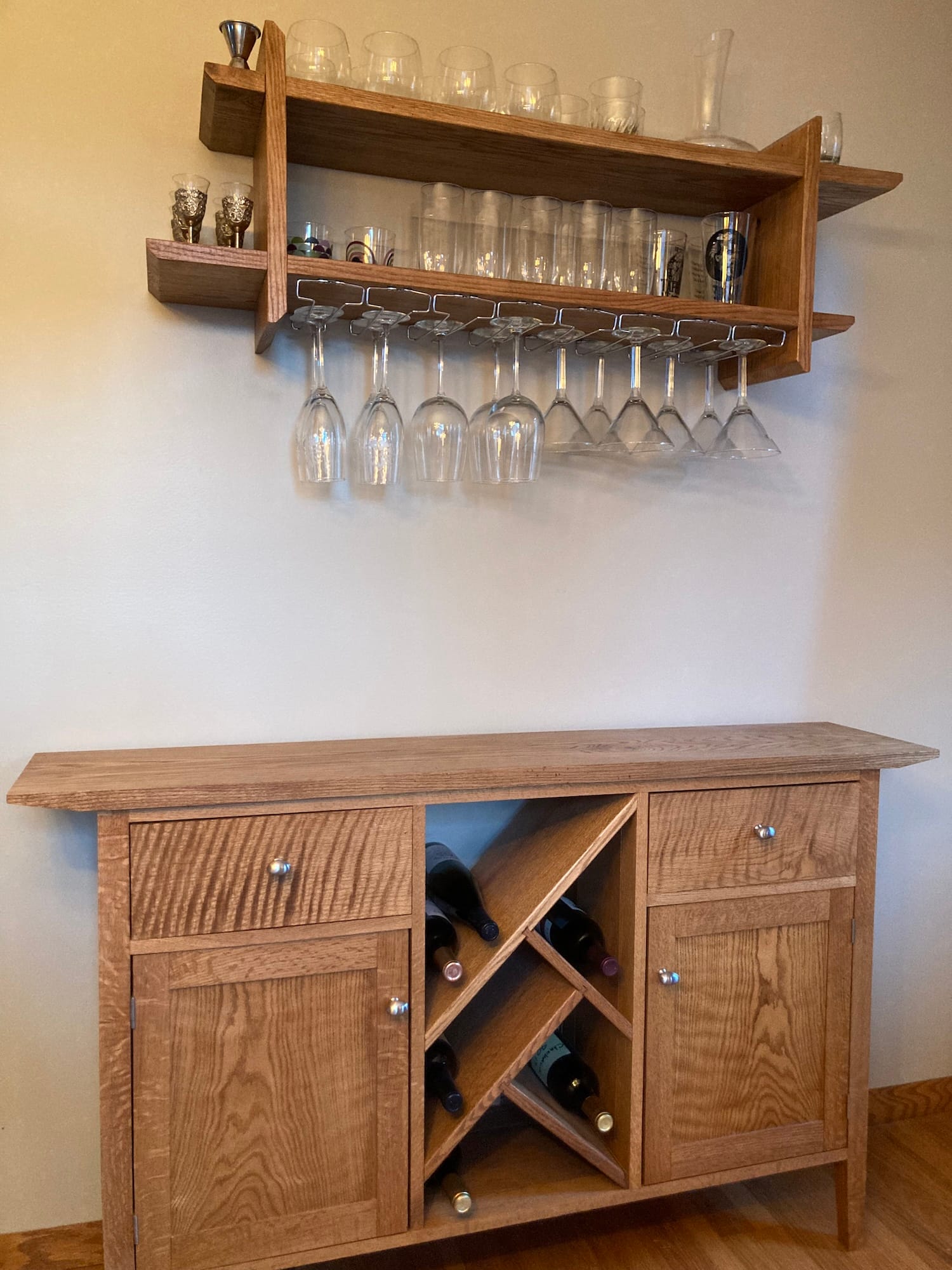
One style of cabinet informed several others. Dad helped me build a cabinet for my kids' school out of a face frame he'd accidentally made 1/2" too narrow. So we took that flawed face frame and built a cabinet to go with it, then modified that design to make a lightbox cabinet for a friend. Then modified it again to make a dining room cabinet for Josiah. Each of these builds required nearly a 100 or more individual pieces of hardwood. We didn't use any plywood in the construction—it's all Red Oak; lots of frames and panels to allow the wood to move, lots of time spent choosing the best sides for the most visible parts and hiding or fixing mistakes.
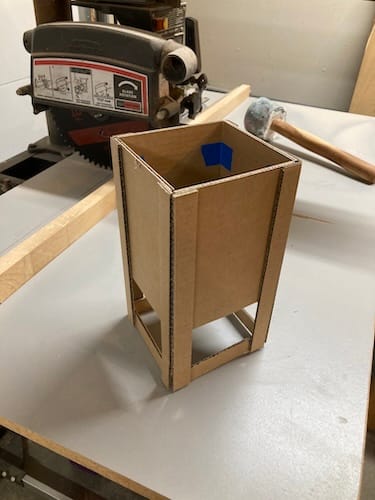

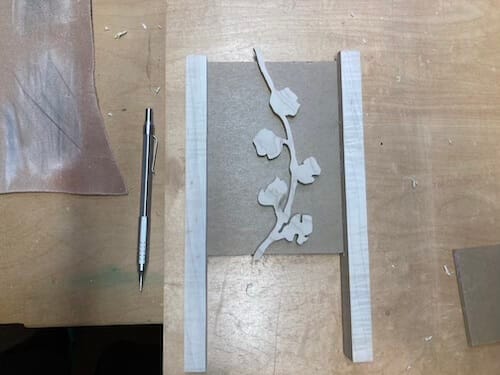
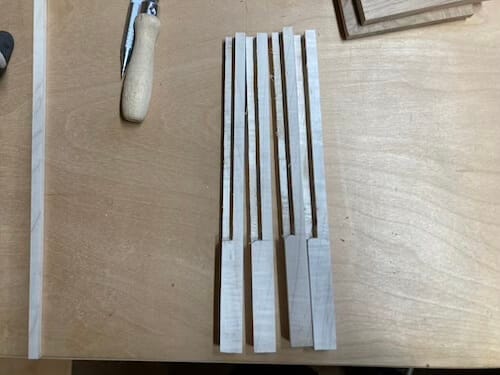
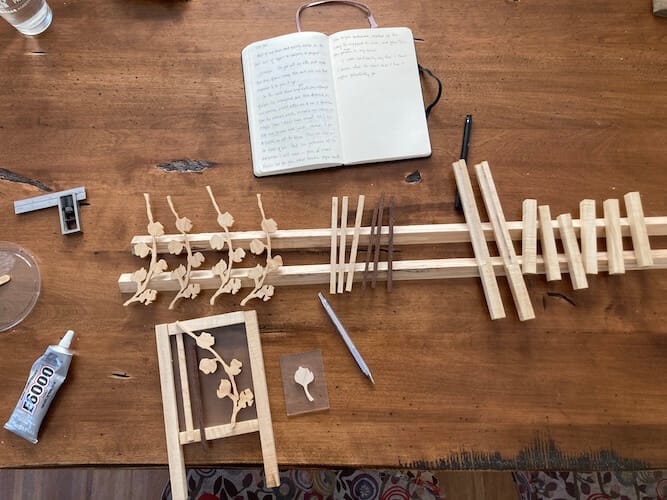
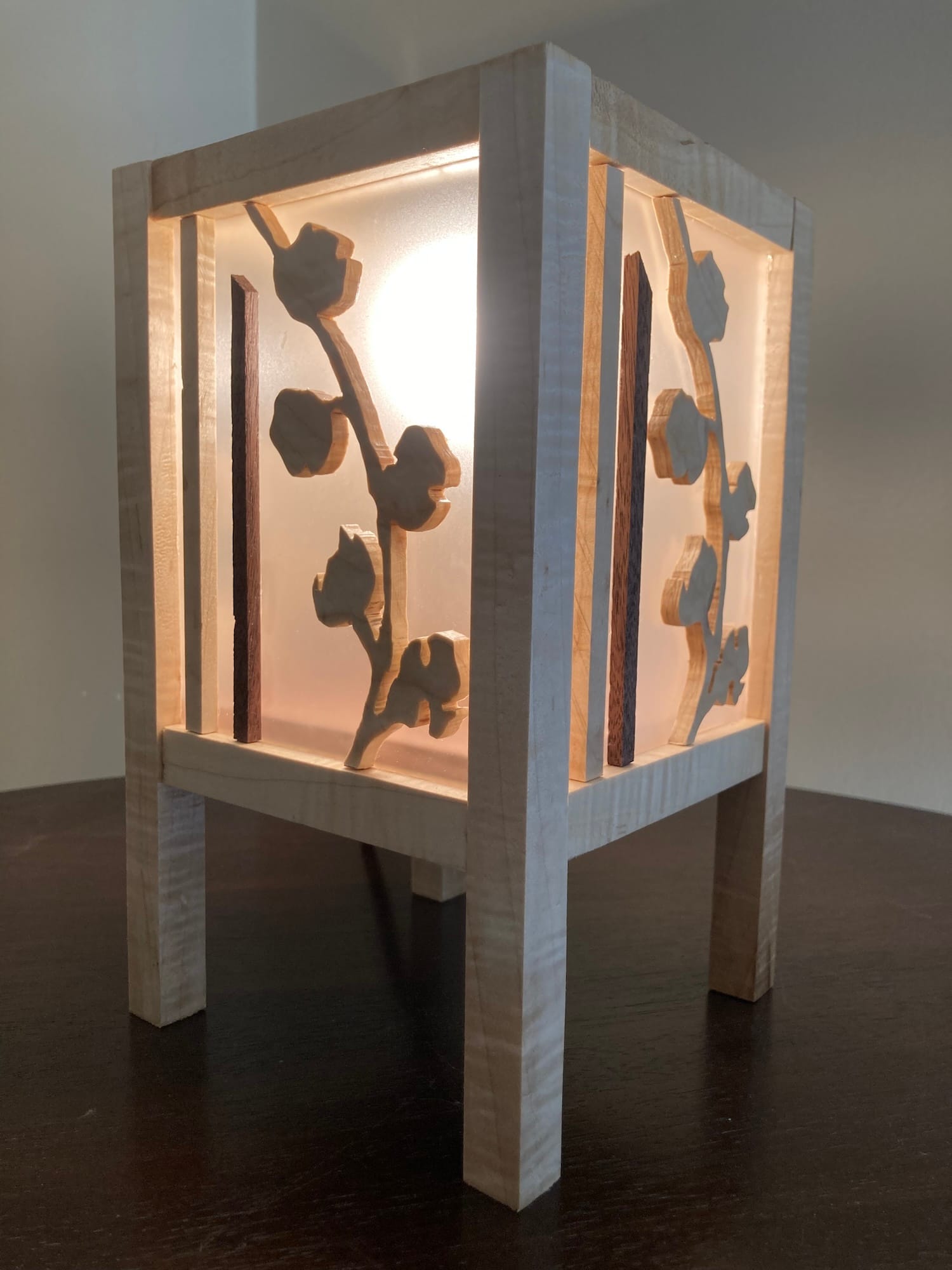
This project did not go at all as I expected or wanted. When I look at it I see the large number of starts and stops and redirects and attempts. I see all the areas in which I have yet to grow. The places where I needed to slow down and spend more time learning how to do before attempting to do it all. I feel the meaning of the word painstaking in my bones, in the tips of my fingers.
That's all for this week. Thanks for being here and I hope you have a good fortnight. And even if there are deviations from the norm that you'd rather not deal with, I hope you navigate them with pluck and kindness toward yourself and others. ❤️
